Come and write your own digitalisation story with Siemens
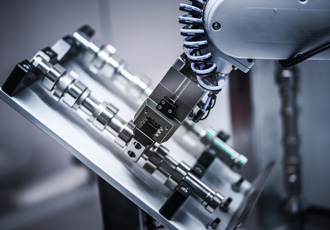
Scalable digital solutions that aid companies to stay ahead of the game and utilise the full potential of digitalisation is what Siemens Digital Enterprise portfolio has to offer at this year’s SPS Drives show, and the company does not stop there. Siemens also offers opportunities to learn about how its 'digital twins' provide major advantages for machine building and plant engineering.
Siemens believes it can take customers on an immersive journey with its open IoT operating system, and there is also options to use data to the greatest possible benefit.
The company is involved in a lot of different work and projects with partnering companies, one of which is the 'digital twins' - a solution with Bausch + Ströbel, a company that has relied on Siemens PLM software and automation for years.
Digital twins bring real life success
Let’s take a closer look at the digital twins, the plan from Bausch + Ströbel is by 2020, to make engineering at least 30% more efficient, and here is how…
Special machines for demanding needs
Take the pharmaceutical industry for example; Safety, reliability and consistent high quality are three especially essentials assets. Therefore, the machines that are responsible for filling and packaging medications must meet these qualities.
Traditionally customers in the industry have expected highly specialised equipment and high-intensity support, but now there is a new trend towards standardised machines with highly flexible and short delivery times.
Previously to develop special machinery for the pharmaceutical industry, you would need a full-scale wood model that was custom-built to customers’ specifications, and it was used to test factors like mechanical properties, ergonomics and conveying paths.
This was wasteful, as it was time consuming and inflexible. Therefore, Bausch + Ströbel set up a virtualisation centre back in 2012 which was able to generate detailed images of new machines on the basis of digital data before the machines are built.
Engineers and customers now can test and optimise the virtual model through 3D glasses. Changes made at such an early stage were only made on the digital twin which is optimised further until both the customers and the engineers are happy. All discoveries go back into the design and are stored in the form of data for the steps ahead.
Modular Machines: Sticking to our example of the pharmaceutical industry, with the increasing personalisation of medications, it means that the industry needs to switch production around, more often than before. But instead of always buying new machines for the purpose – modular machines can provide the answer as they can be retooled very quickly.
Down-time issues: The whole focus within the pharmaceutical industry is on production. Avoiding down-time is a crucial factor, so machines need to have the highest possible utilisation ratios, and produce large volumes of medications smoothly.
Special requirements: It is important that medications are never contaminated during filling or packaging. So machines have to meet exact requirements and strict guidelines, as well as allowing for details like optimum flow conditions inside the equipment.
The solution? The answer lies with mechatronic development
The company believes this to be the recipe for success, and this is where Siemens comes in…
By developing new machines faster, cutting down commissioning time, all the while guaranteeing the requisite high quality, is something that can be done only with digitalisation. In realising this Bausch + Ströbel has also restructured its development teams to make the most of the advantages of digitalisation.
Bausch + Ströbel’s digitalisation strategy is based on mechatronic development and interdisciplinary teams.
The digital twin also offers decisive benefits when it comes to plant optimisation – from the engineering stage through operation to maintenance. The latest version 9.1 of the Simit simulation software enables the virtual commissioning of plants to be combined with operator training far more simply. This allows users to speed up the actual commissioning process by as much as 60%, and particularly for plant conversion or migration projects, to reduce down-times to an absolute minimum.
Interdisciplinary development
To advance digitalisation, it starts with designing the machine, on the basis of the specific requirements of the customer.
The process uses the Siemens NX CAD software to produce the 3D model that also serves to generate the first version of the digital twin. This virtual model has all the features of the planned machine, and is constantly developed. Using the Siemens Mechatronics Concept Designer, the engineers simulate the movement processes within the machine, define kinematic and dynamic properties, program cam disks, and dimension the drives.
An end-to-end data model
For a consistent data world, Bausch + Ströbel relies on Teamcentre from Siemens. It enables the machine builder to access all data at any time, starting with the 3D models, and including everything from circuit diagrams to technical documentation.
Therefore it makes engineering paperless.
For greater efficiency, the mechatronic development and the Mechatronics Concept Designer have made it possible for the first time to exploit the possibilities of digitalisation so that design, electrical engineering, mechanical engineering and programming can all work together on a project at the same time.
Marco Gierden, Business Development, Siemens said: “Together Siemens and Bausch + Ströbel have realised that digitalisation is the key to remaining successful together in the future.”
Digitalisation
Siemens has many innovations that the company prides itself on, and a particular solution that is common within companies in the industry is digitalisation, in particular digital enterprise for process industry.
From integrated engineering to integrated options – digitalisation creates new options to produce more flexibility and satisfy customer-specific requirements individually.
Regulations, markets and even technologies are constantly changing, and working in the process industry creates a highly competitive pressure. This necessitates a balancing act between innovation and continuity. On the one hand, you have to design production more flexibly in order to launch products faster and satisfy individual customer requirements. On the other hand, you must comply with regulations and assure process safety and high product quality. And productivity and efficiency must keep rising so costs can keep falling.
Siemens can offer faster engineering with reliable commissioning. Regardless of whether you are looking for individual solutions for end customers or reducing maintenance intervals and increasing plant availability – the answer is digital plants.
Integrated hardware, software and service programs from Siemens allow customers to record and intelligently leverage the huge quantity of data that processes generate. Relating back to the digital twin, a central platform and high performance network components are the basis of a digital twin that can be used to map and optimise the entire plant lifecycle.
End-to-end optimised processes which serve current market demands with flexibility and efficiency help to sharpen competitive standing in the process industries. The Digital Enterprise for the process industry with the digital twin at its core helps users to speed up the digital transformation of their facilities.
The continuation of Integrated Engineering in the operation stages are referred to as ‘Integrated Operations’. This is another area in which the digital twins can benefit. The key basics are the systematic recording of process data and integrating the data from different levels, from field to management.
To be able to increase the availability and reliability of a process plant, for example, the mechanical assets must be monitored since they are the main cause of unplanned down-time.It’s down to simple communication with the control system and the maintenance tool, as well as access to all plant data through the digital twin, which will accelerate maintenance and repair measures.
Siemens believe digitalisation is the most effective lever for improving the ability to be competitive in the process industry. With digitalisation decisions of unprecedented quality can be made fast, be well-founded and based on facts.
Electrical power distribution in digital industrial environments
Electrical power distribution also relies on the trouble-free interaction between hardware and software using systematic data management to support networked production processes. The products and systems used have to enable seamless integration into the automation environment - starting with the electrotechnical planning of control cabinets based on the digital twin, through integration of communication-capable components into the automation system, to the acquisition of energy and plant related data.
In this way, operational energy efficiency and plant availability can be substantially increased, operating sequences and maintenance optimised and the entire value adding process in the control cabinet and plant building process simplified.
SPS Drives Specific
MindSphere Lounge
At this year’s SPS Drives show customers will be invited to enter the MindSphere Lounge to go on an immersive journey with Siemens’ open IoT operating system and see how to use data to the greatest possible benefit.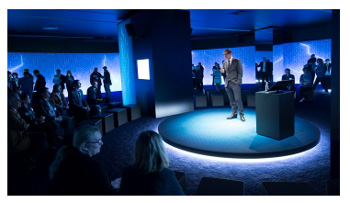
In the MindSphere Lounge Siemens and partner companies will show you ideas and practical examples which will lead to an open exchange about topics such as digitalisation.
Stage Programme
There will be more than 20 agenda items each day that await visitors in Siemens’ Thought Leaders Forum at the booth, with topics chosen by experts along with new perspectives in the daily panel discussions.
Siemens will be exhibiting an array of applications and examples of how machine and plant builders can sharpen their competitive edge with digitalisation. Exhibiting under the banner ‘Discover the Value of the Digital Enterprise’ you can find the Siemens Hall, located as Hall 11.
Innovations featured range from new software versions for more efficient engineering through digital drive systems to the open cloud-based IoT operating system MindSphere, which opens up scope for new business models to machine and plant builders.
Siemens will be presenting the latest release of the TIA Portal, V15, which provides added ways of improving engineering efficiency – such as simplified robotics integration. Virtual commissioning with PLCSIM Advanced and Version 12 of the NX MCD software allows complete machines to be tested and optimised in terms of both function and performance – meaning a significant reduction in total engineering time.
Illustrating the convergence between the virtual and the real production worlds, the fair will also feature an exhibit featuring a high performance filling and sealing machine for the pharmaceutical industry built by Bausch + Ströbel. The company plans to use integrated hardware and software solutions from Siemens to achieve an improvement of its engineering efficiency by consistently applying digitalisation across its entire value chain.
Innovations enabling digital transformation of the process industries
Siemens will also be showcasing the use of IT technologies which enable existing plants to be recorded, digitalised using imaging software and then optimised – for instance through the use of drones. This creates the conditions for an entry into the world of digitalisation tailored precisely to individual needs, benefitting particularly customers in the process industries, where there is a predominance of brownfield plants designed for long-term use.
In the field of industrial communication networks and industrial security, featured innovations will include new security network components known as Cyber Security Appliances. These are used as part of the comprehensive Siemens security concept to help minimise cyber risk for industrial enterprises.
Siemens will also be demonstrating digital power distribution in the form of the Sivacon S8 low voltage switchboard. Used in conjunction with the Simaris control planning tool, it can be used to operate and monitor communication-capable switchgear and motor controls both locally and remotely. Data gathered by the switchboard is made available to higher level automation systems, energy management systems and in MindSphere.
Similar articles
More from Siemens
- Digital Twin car game drives next-gen towards engineering 23rd March 2021
- Young engineers used talent and digital tools to make history 22nd July 2020
- Siemens at forefront of recruiting women into manufacturing 24th June 2020
- Siemens’ MindSphere helps Hosokawa Micron connect its digital factory 15th June 2020

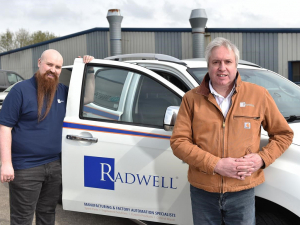
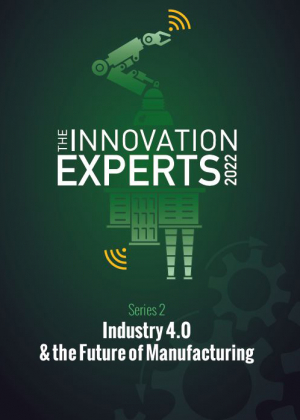
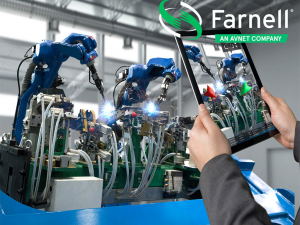
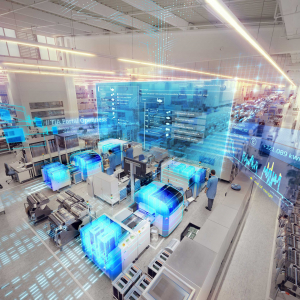
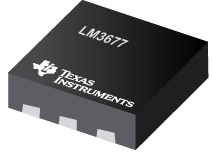

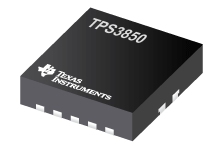
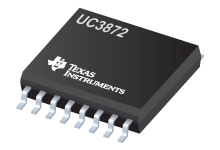
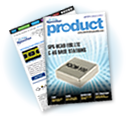
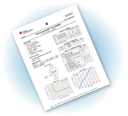

Write a comment
No comments